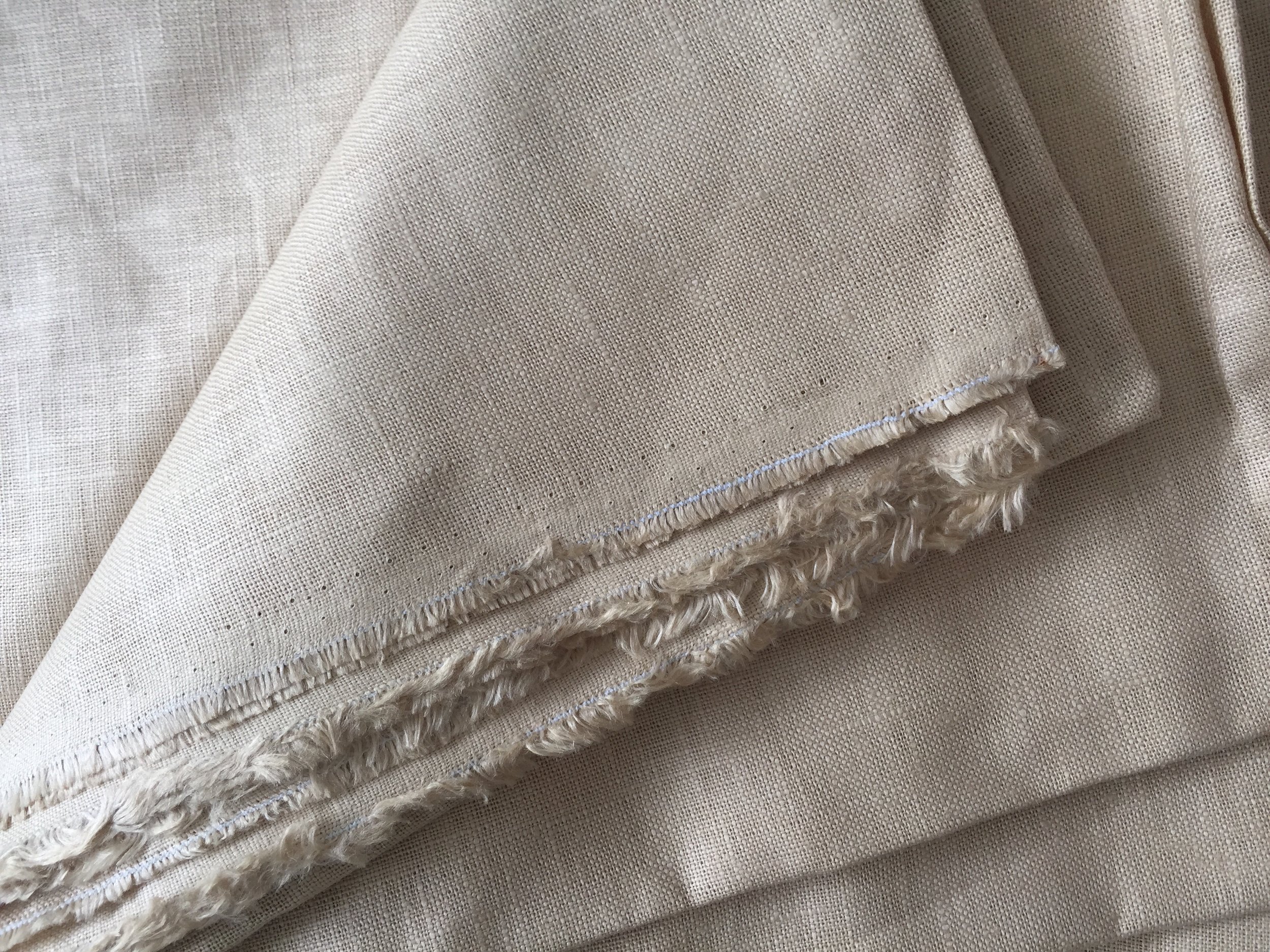'Fast Fashion is sold to us as expansion of choice.' - Oma
Every week on the high street, there will be a new display of garments to browse, new styles and colours. Not only that, but if we don't buy that top we can't live without, we can be pretty sure it'll be gone by tomorrow. Best to get it now whilst it's still there, it can always be returned if we change our mind – it can, but will we be bothered? And as it is so cheap, why not get that other little top that's reduced, too? And now we have two cheap tops which we may or may not wear, but it's not as if they cost much, I mean they were practically 'for nothing'. Then repeat and repeat, never spending much, but somehow not seeing how these routine spending sprees actually add up to a bit more that we thought we were spending. But we fell in love with them and they bring a dopamine rush which feels lovely. How long does that feeling last? How long do the tops last? How long do we love those tops and is it ok to fall out of love as quickly as we fell in? Buying frequently makes it hard to love everything deeply.
What if we were to buy occasionally, to spend time considering the place a garment would have in our wardrobe, the value it might have in terms of number of wears and the sheer pleasure we get from wearing it again and again. We have been educated out of thinking that way about our clothes, out of thinking of things as made to last – after all that isn't congruent with practicing mass consumption. Just consider how many items we get through daily that are actually designed as single use items – from food packaging , to face wipes and take out coffee cups. We've been encourage to think about clothing in this way, too, that it's ok to get just the one wear from something, or even no wears. What happens to all these hardly worn garments is for another blog post, but what if we purchase fewer items less often, make thoughtful and considered choices and look after through careful laundering and repair? This is how older generations regarded clothing, as something that should last, that should be worn until it wore out.
In a world of instant gratification, is boredom to blame for our need for a fast fashion fix? In fact, which came first, the constantly changing availability of variety or the need for instant gratification? Either way, if you truly love something, do you get bored of it? Or do you take care of it, cherish it, wear it to bring you luck and grieve for it once the day finally comes and you have to admit it's time to part. The chances are that will only happen if the garment was of good quality design, construction and materials at the start. Without these characteristics, it is unlikely a garment will last very long whether you love it or not.
It was Vivienne Westwood who coined the much quoted phrase 'Choose Well, Buy Less, Make It Last' and I read a blog post recently where the writer had decided to radically change the way he purchased clothes. Based on a monthly spend of approximately $150 per month, rather than select multiple cheaper fast fashion items, he would choose one really good piece, that he would take time to consider before committing himself. One thing about higher priced items is they tend not to sell out so fast. At first, he said it actually hurt to spend so much on a single item, not to mention resisting the temptation offered by cheap fast fashion, but in time he realised how much more he appreciated the superior quality and design of the new clothes and ultimately he liked them better.
In food, we have become interested in where our food is from and who made it. The rise in attendance at Farmers Markets by producers and customers alike is testament to this and means that through buying locally, we may even know who made it as well as where it was grown or made. What is it about this that makes us want to invest and return regularly for more? We enjoy buying locally from small producers and we like buying from people we know. We choose quality and knowledge over the supposed greater variety and cheaper prices at the supermarket. However, there's no point having more options and being able to pay less if it's not the food we want to eat.
It's no secret that Fast Fashion is not made to last and if it did it might be harder to justify throwing it out. We actually expect the seams to unravel and fastenings to fall off or it not to survive going through the washing machine.
Detail from a handmade, slow fashion dress
We have no idea who made our clothes apart from what the label tells us is the country of origin. This will only state the final place of assembly and be far from the whole picture. All consumption is going too fast and the environmental impact of single use items in landfill is increasingly under the spotlight, but it seems particularly wrong to treat clothing as a single use items.
Fast Fashion is presented to us as providing greater variety, but I'm far from convinced it's a choice we need and it rarely rewards our soul with lasting beauty and pleasure. It's a mind shift, just as what happened in the Slow Food movement; we can learn about what makes a better garment from the fabrics, to the design and construction. And we may understand that spending more on fewer clothes may go against what we've been taught in recent years, but will be more satisfying in the long term. By finding out more about the story behind our clothes, where they were made and who made them, we might just start falling in love with (fewer of) them and value their provenance and integrity as well as how we express ourselves through them.
Tamsin
























